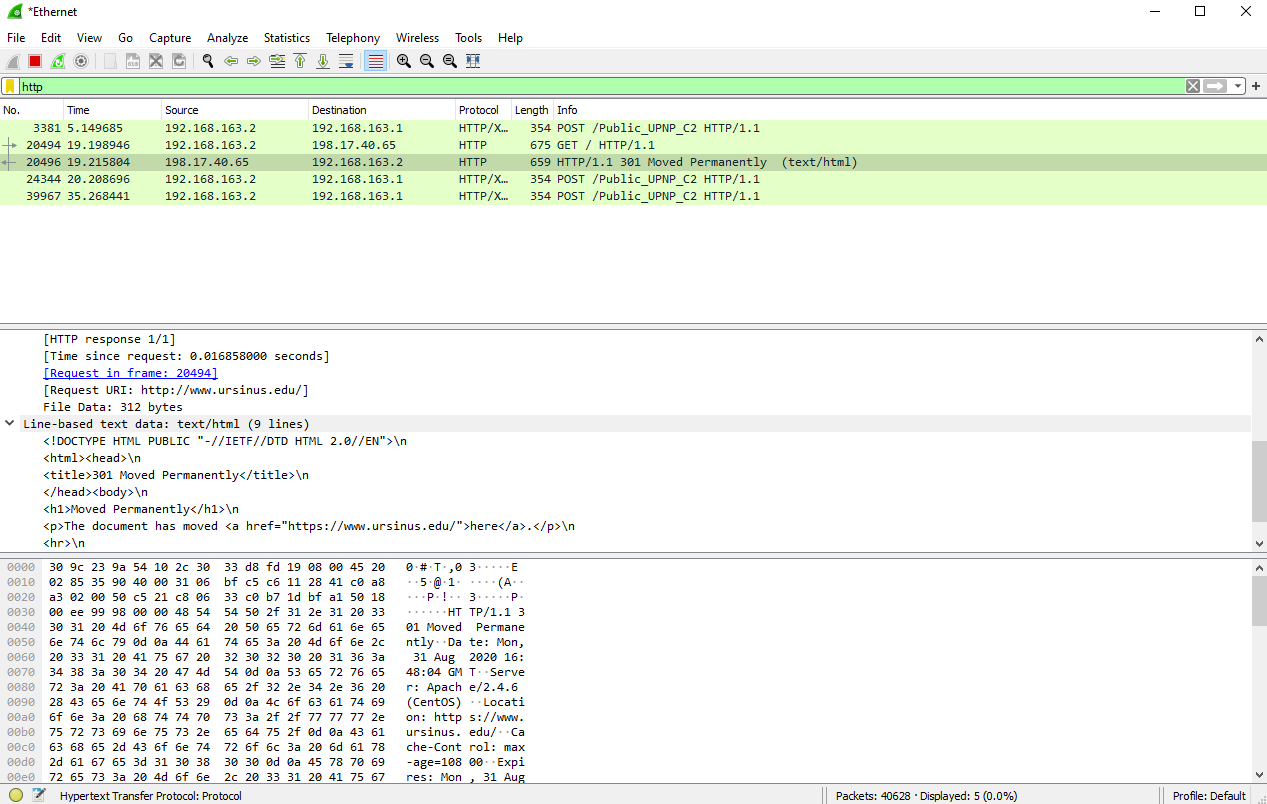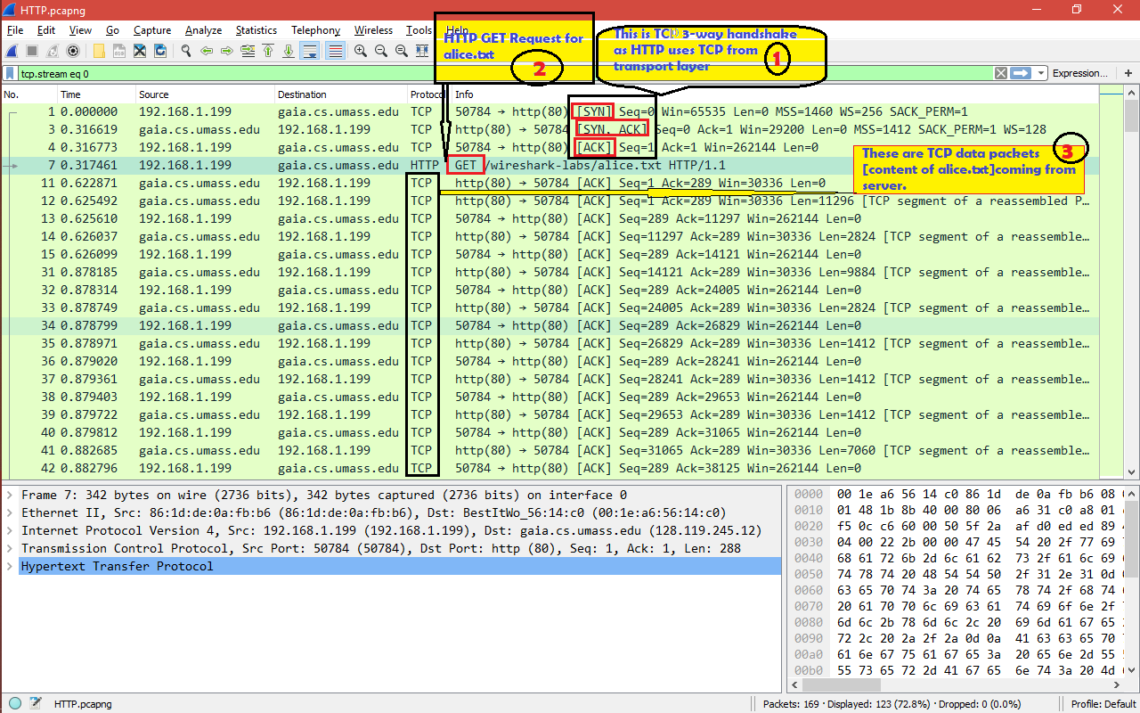


From there, you’ll hit a button labeled, “Browse”, and then select the file containing your secret keys (more on this below for NetBurner applications). From this window, at the bottom, you’ll see the field labeled, “ (Pre)-Master-Secret”. Test with a given CipherSuite and TLS versionTo add the secrets, first go to Edit->Preferences->Protocols->TLS from the Wireshark menu. Test connection with a given TLS version. Make sure the port "value" is set to 1433 and then set "Current" to SSL:It is a tool designed to transfer data and supports many protocols. So by itself Wireshark will not parse it as TLS: In order to change this, right-click on one of the packets and select "Decode As". There is no need to submit your answers to me for grading.By default port 1433 is not interpreted as having TLS the default for TDS is to be unencrypted. Then check your answers using the solution file provided. Follow all the steps in the lab and try to answer all the questions. The answers to all the questions in the lab are posted in Canvas. Question: 9, Complete the Wireshark Lab: SSL.

Learn about packet sniffers and see how they capture and analyze network traffic. Step 2: Select an interface to use for …In this lab, the student shall work individually to: 1. Double-click the Wireshark icon, which is located on the desktop. We're making these Wireshark labs freely available to all (faculty, students, readers).Task 1: Prepare Wireshark to Capture Packets Step 1: Start Wireshark. The Wireshark labs below will allow you to explore many of the Internet most important protocols. Wireshark is a free/shareware packet sniffer (a follow-on to the earlier Ethereal packet sniffer) that runs on Windows, Linux/Unix, and Mac computers.


 0 kommentar(er)
0 kommentar(er)
